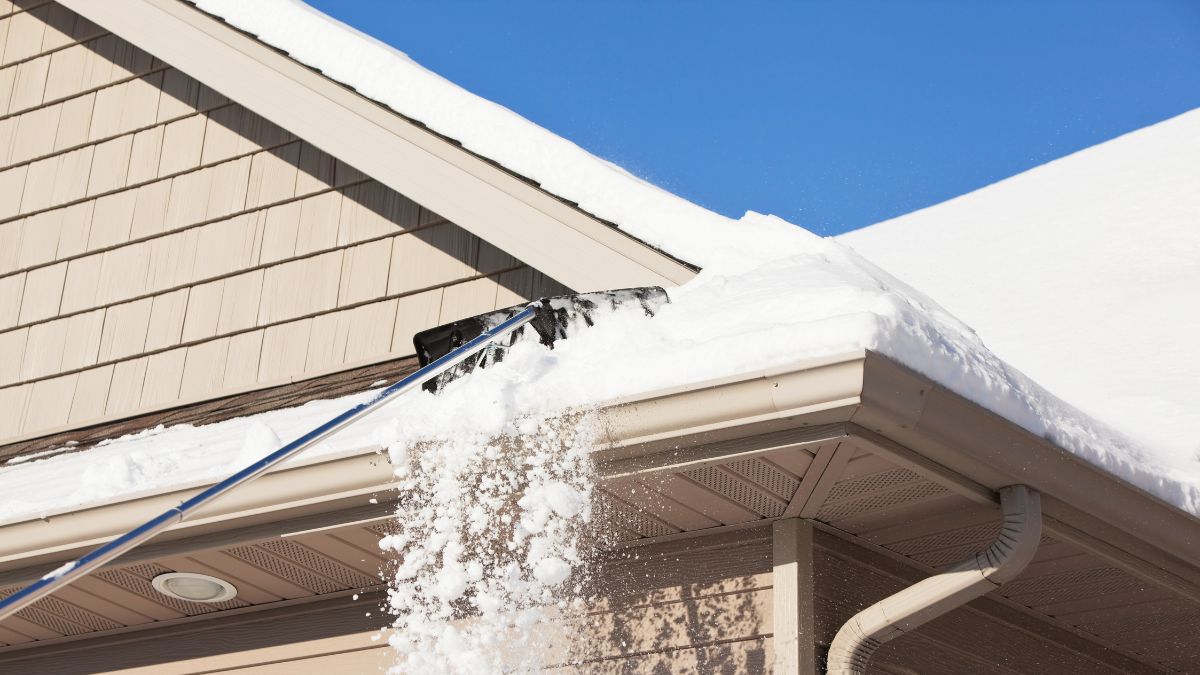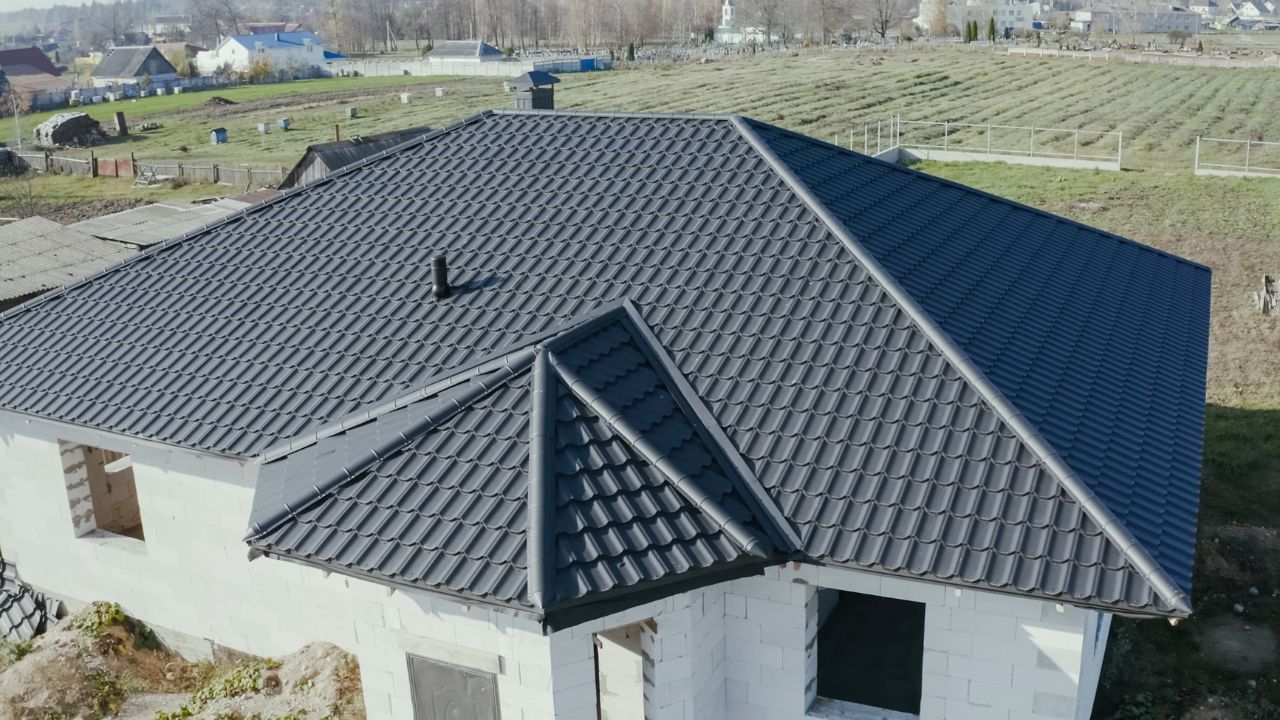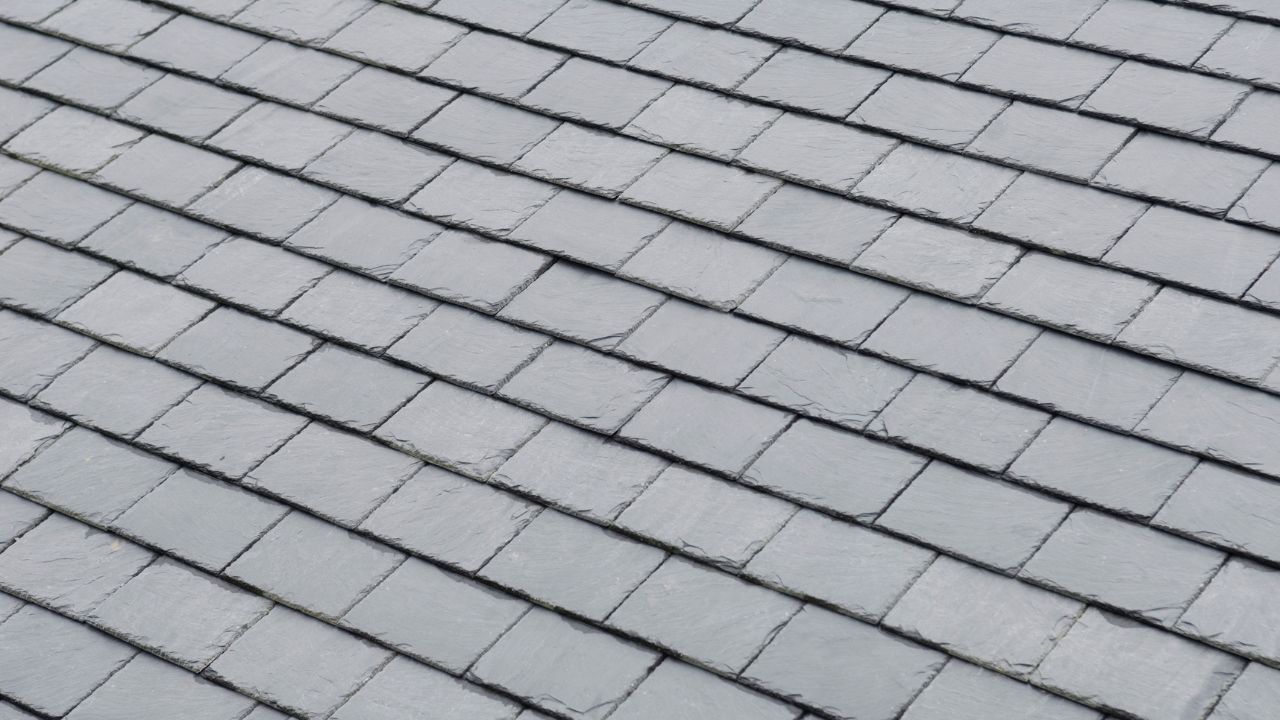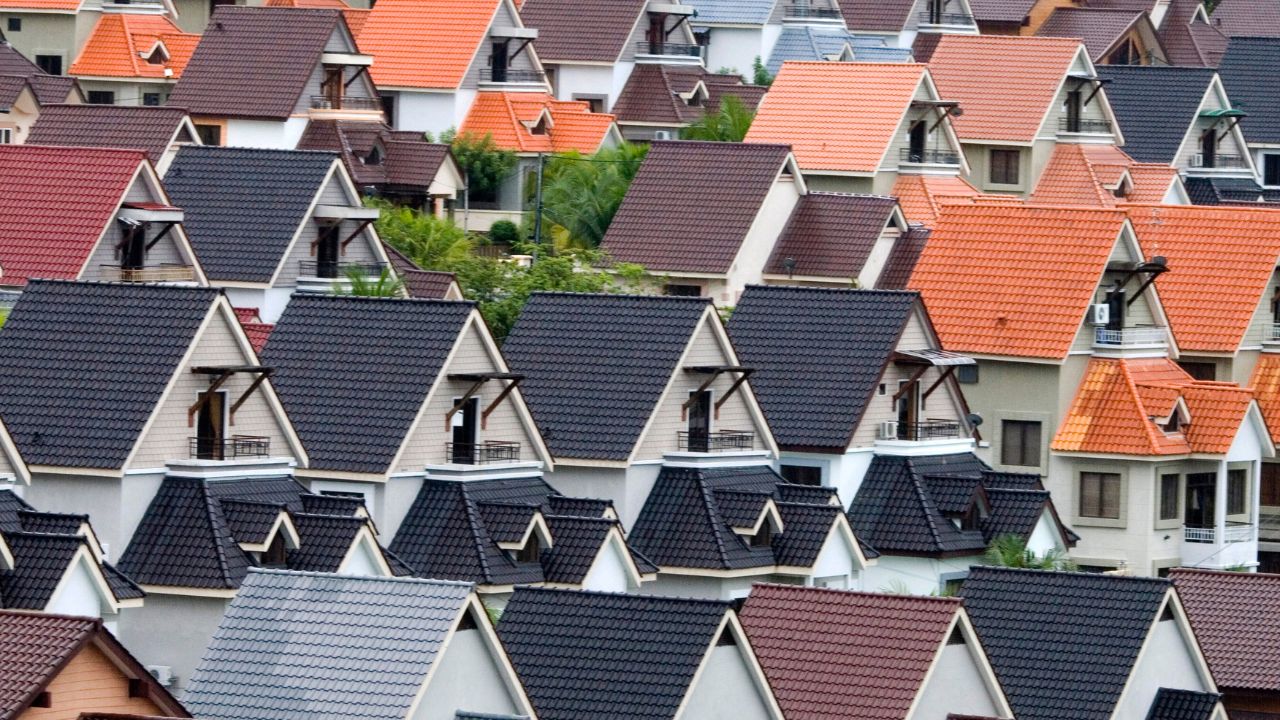Key Takeaways
- Heavy snow, ice dams, and freeze-thaw cycles are common roofing challenges after snowstorms.
- Immediate actions like inspecting for damage and clearing snow can prevent costly repairs.
- Hiring professional roofing services ensures safety, quality, and long-term durability.
- Proactive maintenance, like improving insulation and ventilationControlled movement of air into and out of a space for temperature and moisture regulation., minimizes future damage.
- Early investment in roof repair services saves money and preserves your home’s value.
Illinois winters can be harsh, and the aftermath of a snowstorm often leaves homeowners facing roofing challenges. Heavy snow, ice dams, and fluctuating temperatures can damage roofs, leading to costly repairs or replacements. Properly addressing these issues ensures your home remains safe, warm, and energy-efficient during the cold months.
Key points to what Illinois homeowners need to know about roofing after a snowstorm are:
- The Impact of Snowstorms on Roofing
- Immediate Steps to Take After a Snowstorm
- When to Call Professionals
- Preventive Measures for Future Snowstorms
This article will guide you through everything Illinois homeowners need to know about maintaining their roofs after a snowstorm.
The Impact of Snowstorms on Roofing
Snowstorms bring several challenges for roofs. Understanding these common issues is the first step toward effective maintenance and repair.
1. Heavy Snow Load
- Accumulated snow adds weight to your roof, potentially leading to structural strain.
- Older roofs or those in poor condition are especially vulnerable to sagging or collapse.
2. Ice Dams
- Ice dams form when melting snow refreezes at the roof's edges, preventing proper drainage.
- This leads to water pooling, which can seep under shingles and cause leaks.
3. Freeze-Thaw Cycles
- Temperature fluctuations cause water to expand and contract as it freezes and thaws.
- This process can crack shingles and create gaps, allowing moisture to penetrate.
4. Gutter DamageDeformation or detachment of gutters caused by strong winds or debris.
- Icicles and heavy ice accumulation can strain gutters, causing them to sag or detach.
Immediate Steps to Take After a Snowstorm
Acting promptly after a snowstorm can minimize damage and prevent long-term issues. Follow these steps:
1. Inspect Your Roof from the Ground
- Look for visible damage, such as missing shingles, sagging areas, or debris.
- Check for ice dams and excessive snow accumulation.
2. Remove Excess Snow Safely
- Use a roof rake to clear snow without climbing onto the roof.
- Avoid using sharp tools that could damage shingles.
3. Address Ice Dams Quickly
- Melt ice dams with calcium chloride or a similar product.
- Avoid using salt, as it can damage shingles and vegetation below.
4. Check Your Attic
- Look for signs of leaks, such as water stains or damp insulation.
- Ensure proper ventilation to prevent future ice dams.
When to Call Professionals
Some roofing issues require expert attention. Here’s when to reach out to roof repairFixing leaks, damaged shingles, or structural issues in an existing roof. services or roof replacementComplete reinstallation due to unrepairable storm damage. companies:
1. Persistent Leaks
- If you notice water dripping indoors, it’s time for professional assistance.
- Ignoring leaks can lead to mold growth and structural damageDeterioration of roof framing or decking..
2. Structural Concerns
- A sagging roof indicates potential structural problems.
- Professional inspection can determine if repairs or a replacement are needed.
3. Widespread Damage
- Extensive shingle damage or multiple leaks may necessitate a new roof.
- Trusted roof replacement companies can provide cost-effective solutions.
4. Ice DamFrozen buildup at roof edges blocking water flow. Prevention
- Professionals can install heat cables or improve insulation to reduce ice dam risks.
Preventive Measures for Future Snowstorms
Proactive maintenance can protect your roof from future snowstorm damage. Consider these steps:
1. Schedule Regular Inspections
- Hire reputable roofing services to assess your roof annually.
- Address small issues before they escalate into major problems.
2. Improve Attic InsulationInstalling insulation materials to improve home energy efficiency. and Ventilation
- Proper insulation reduces heat lossEscape of interior heat through roof or walls during cold weather., preventing ice dams.
- Adequate ventilation keeps your roof dry and prevents moisture buildup.
3. Install Snow Guards
- Snow guards help control snow movement, preventing it from sliding off suddenly.
4. Upgrade Your Roof
- Consider durable materials like metal or high-quality asphalt shingles.
- Work with experienced roof replacement companies for reliable results.
The Cost of Delaying Roof Repairs
Delaying roof repairs can have significant consequences:
- Increased Costs: Minor issues can escalate, requiring more expensive repairs or a full replacement.
- Energy Inefficiency: Leaks and poor insulation lead to higher heating bills.
- Decreased Home Value: A damaged roof affects your property’s resale value.
Investing in professional roof repair services early on saves time and money in the long run.
Why Choose Professional Roofing Services?
Illinois homeowners benefit greatly from hiring professional roofing services after a snowstorm. Here’s why:
- Expertise: Trained professionals can identify and address hidden damage.
- Safety: Professionals have the equipment and experience to work safely on icy roofs.
- Warranty Protection: Many roofing companies offer warranties on repairs and installations.
Protect Your Home This Winter
Don’t let snowstorm damage threaten your home’s comfort and security. Taking swift action and following these maintenance tips can protect your property from winter hazards. Whether you require roof repair services, guidance from roof replacement companies, or reliable roofing services, addressing issues now ensure your home remains warm and energy-efficient all season long.
Reach out to Advanced Roofing Inc. for expert care tailored to Illinois homeowners. Our team specializes in thorough roof inspections, professional repairs, and full replacements to prepare your home for winter. Contact us today or fill out our online form to schedule your consultation. Let us help you enjoy a safer, more comfortable home this winter!






